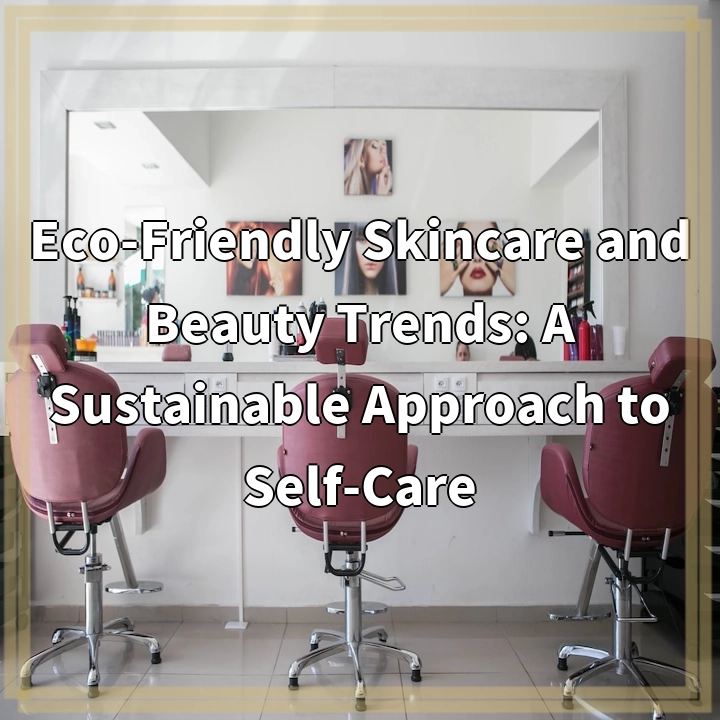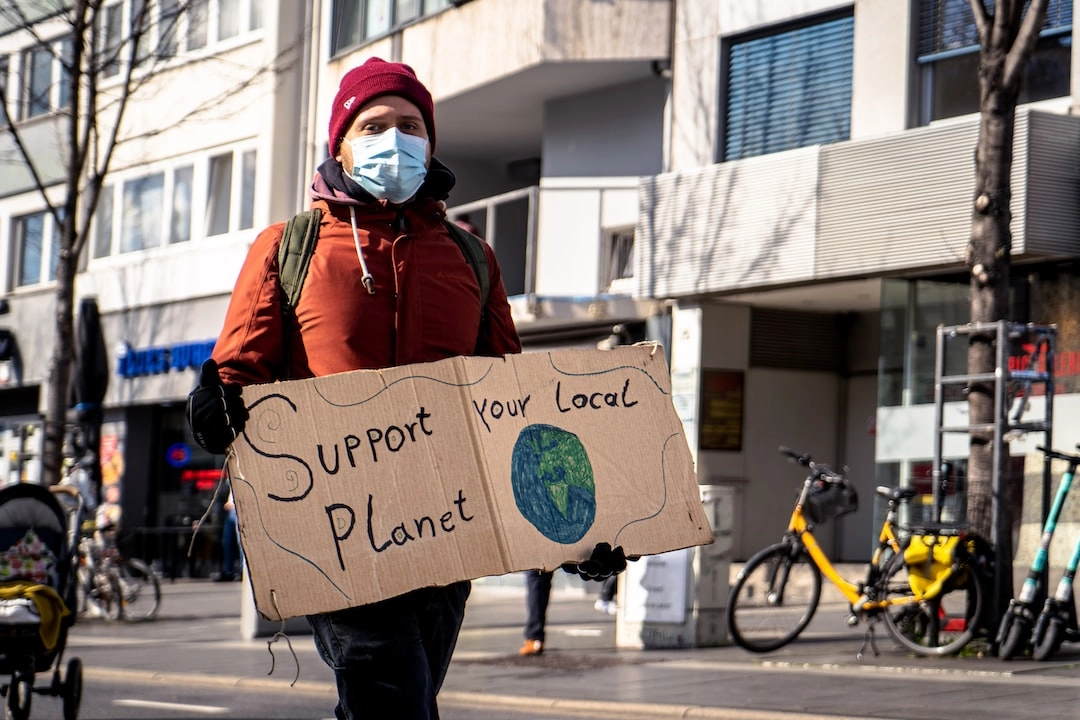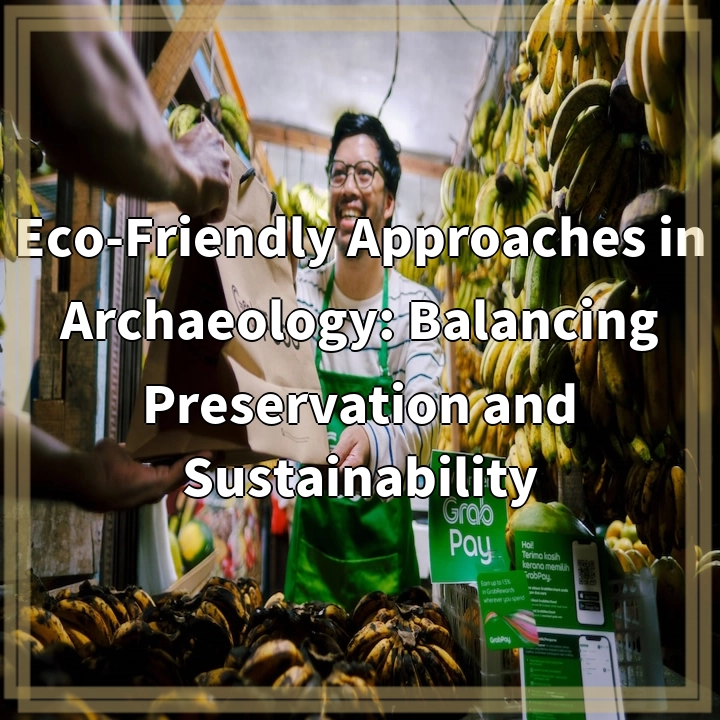
What it is:
Eco-friendly skincare and beauty trends refer to a growing movement within the beauty industry that focuses on using products and practices that are sustainable and environmentally friendly. It involves using natural and organic ingredients, reducing plastic waste, and supporting cruelty-free and ethical brands.
Real-world problems:
While the emergence of eco-friendly skincare and beauty trends is undoubtedly positive, there are still several real-world problems associated with the industry that need to be addressed:
1. Greenwashing:
One of the main challenges in this space is greenwashing, which is the misleading marketing tactic used by some companies to appear eco-friendly without truly adhering to sustainable practices. It can be challenging for consumers to differentiate between genuinely eco-friendly brands and those that are simply jumping on the “green” bandwagon.
2. Lack of regulation:
Unlike organic food, there are no strict regulations in place for labeling beauty products as “eco-friendly” or “natural.” This lack of regulation allows companies to make unsubstantiated claims, which makes it difficult for consumers to make informed choices.
3. Packaging waste:
The beauty industry is known for its excessive packaging, which often includes single-use plastics that contribute to environmental pollution. While some brands have started opting for recyclable or biodegradable packaging, there is still a long way to go in reducing overall packaging waste.
4. Supply chain transparency:
Another challenge is understanding the entire supply chain of skincare and beauty products. Many ingredients come from different parts of the world, and it can be difficult to trace their origins and ensure ethical sourcing, fair trade practices, and sustainable harvesting methods.
5. Accessibility and affordability:
There is a perception that eco-friendly skincare and beauty products are more expensive than conventional ones. This makes it harder for everyone to access and adopt sustainable beauty practices. Making these products more affordable and accessible to a wider audience should be a priority.
6. Limited options for diverse needs:
Individuals with specific skincare needs, such as those with sensitive skin or specific skin conditions, may struggle to find suitable eco-friendly alternatives. This presents an opportunity for the industry to focus on creating a wider range of options that cater to different skin types and concerns.
By acknowledging and addressing these real-world problems, the eco-friendly skincare and beauty industry can continue to evolve and make a greater positive impact on the environment while providing effective and safe products for consumers.

Solutions to the Real-World Problems:
1. Enhanced transparency and regulation:
Implementing stricter regulations and certifications for eco-friendly skincare and beauty products can help combat greenwashing. Increased transparency in labeling and marketing claims will enable consumers to make informed choices and support genuinely sustainable brands.
2. Sustainable packaging alternatives:
The industry should invest in finding innovative packaging solutions that reduce waste. This includes using recycled materials, opting for biodegradable or compostable packaging, and promoting refillable and reusable options to minimize the environmental impact of product packaging.
3. Supply chain traceability:
Brands need to prioritize supply chain transparency by working closely with ingredient suppliers and implementing systems to trace the origin of raw materials. This will ensure ethical sourcing, fair trade practices, and sustainable production methods are followed.
4. Affordable and accessible options:
To make eco-friendly skincare and beauty products more accessible, brands should strive to provide options at various price points. This can be achieved through economies of scale, efficient distribution channels, and educating consumers about the long-term benefits of investing in sustainable products.
5. Research and development:
The industry should focus on research and development to cater to the diverse skincare needs of individuals. This involves investing in the formulation of eco-friendly products suitable for sensitive skin, specific skin conditions, and various demographics.
By implementing these solutions, the eco-friendly skincare and beauty industry can overcome the real-world problems it faces and create a more sustainable and inclusive future for self-care.















